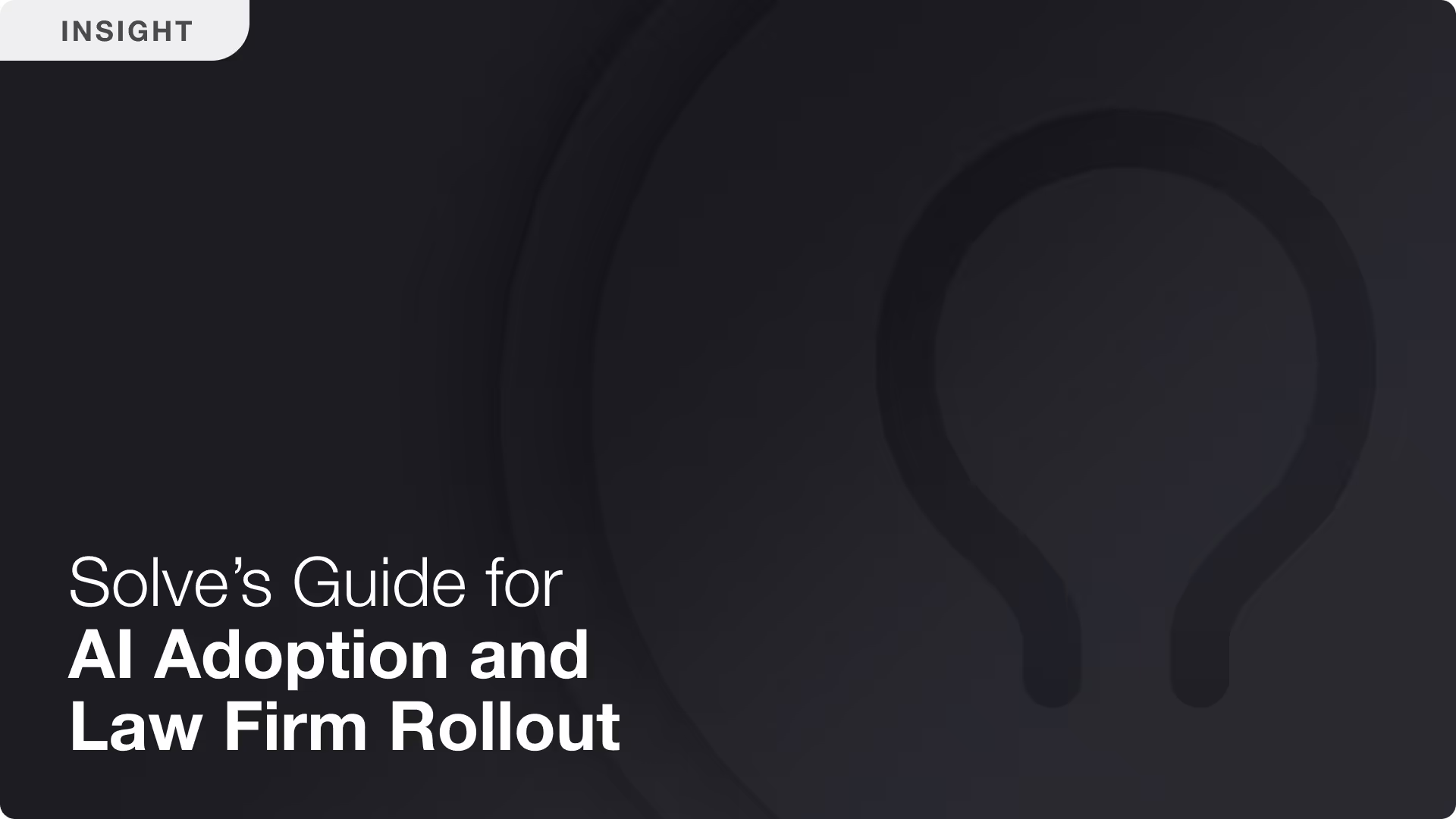AI-Powered Patent Proofreading and Analysis
Solve Intelligence leverages advanced AI to enhance patent proofreading and analysis, offering detailed comments for higher quality, enforceable patents.

Introduction to AI in Patent Proofreading
In the world of intellectual property, the strength of a patent lies not just in the innovation it protects but also in the precision of its language and legal technicalities. As patent attorneys are well aware, the post-drafting review of a patent application is a crucial step that can significantly impact the patent's enforceability and breadth of protection. Traditional tools have provided a rule-based approach to checking for antecedent basis issues, maintaining consistency in claim and figure numbering, and ensuring keyword coherence between the claims and the specification. However, the rise of generative AI systems heralds a new era of patent proofreading and analysis.
The final review of a patent application is vital, ensuring both the enforceability and the scope of protection. While rule-based tools check for consistency in antecedent basis and claim language, Solve Intelligence's AI-powered editor introduces a more nuanced level of analysis.
Beyond Rule-Based Checks
Our platform goes beyond traditional methods, employing generative AI to provide a comprehensive review of patent applications. This includes sophisticated comment generation on claim scope in relation to prior art, and a thorough check of claim support in the patent specification.
Aligning Claims with Inventor Disclosure
Our AI ensures each claim reflects the inventor's original disclosure, flagging any potential deviations to maintain authenticity and integrity in representing the invention.
Strategic Patent Prosecution with AI
Solve Intelligence’s AI tool offers strategic analysis, positioning your claims effectively within the existing market landscape, a critical aspect often missed by tools like ClaimMaster.
Conclusion: The AI Advantage in Patent Drafting
By integrating AI into patent analysis, Solve Intelligence not only boosts efficiency but also significantly improves the quality of patent applications, marking a new standard for patent drafting and proofreading. In an industry where precision is paramount and the stakes are high, our AI-powered document editor is a game-changer, offering a level of review that more traditional tools, such as ClaimMaster, cannot match.
AI for patents.
Be 50%+ more productive. Join thousands of legal professionals around the World using Solve’s Patent Copilot™ for drafting, prosecution, invention harvesting, and more.

.png)


